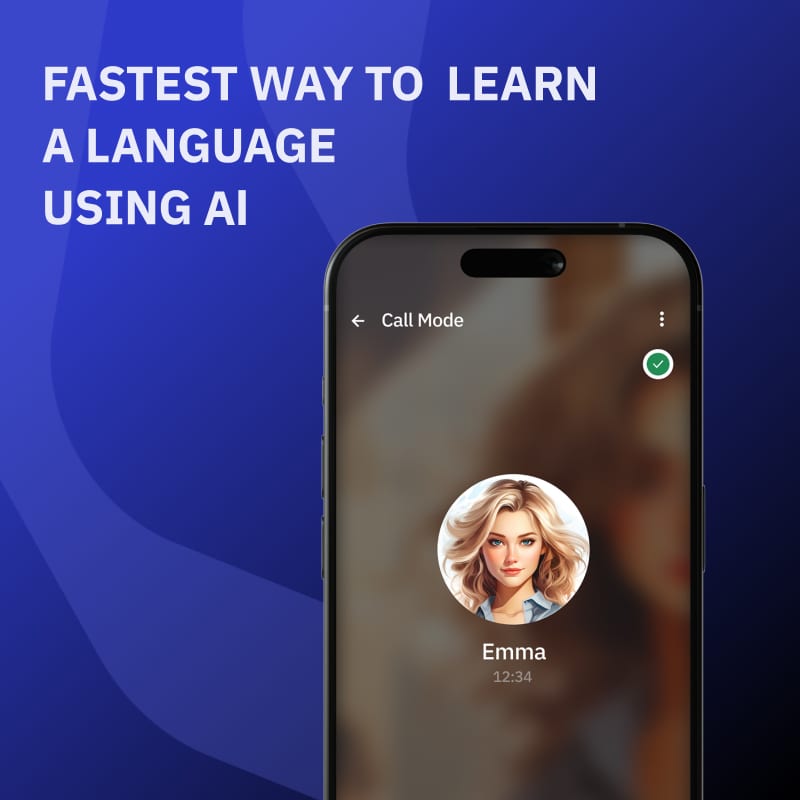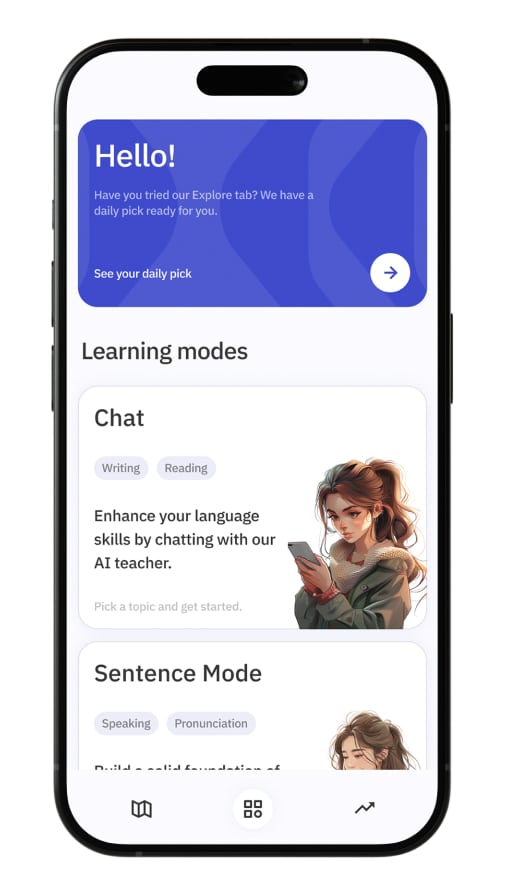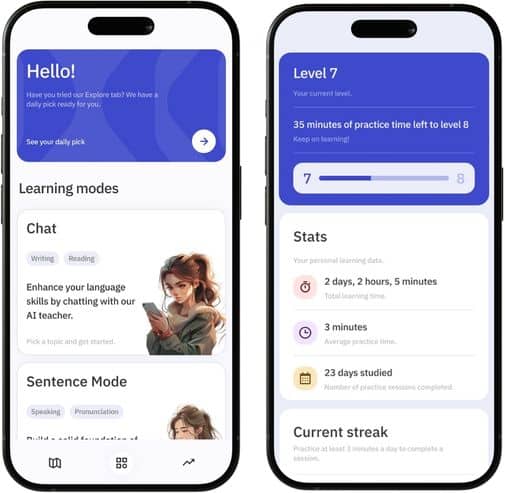Introduction to AI in Language Learning
The advent of artificial intelligence (AI) has revolutionized numerous fields, with language learning emerging as a significant beneficiary. AI technologies have not only democratized language learning but have also made it more accessible, effective, and personalized. This article explores various ways in which AI is dismantling traditional barriers to language acquisition, thereby facilitating a smoother and more engaging learning experience.
Personalized Learning Experiences
One of the most significant contributions of AI to language learning is the creation of personalized learning experiences. Traditional classroom settings often struggle to cater to the individual needs of each student due to diverse proficiency levels and learning speeds. AI-powered platforms, however, can adapt to individual learning styles and paces, ensuring optimal progress for each learner.
Adaptive Learning Algorithms: AI systems use sophisticated algorithms to analyze a learner’s performance and adapt the curriculum accordingly. For instance, if a learner is struggling with verb conjugations, the AI can provide additional practice and resources tailored to this specific challenge.
Feedback and Corrections: Immediate feedback is crucial in language learning. AI-enabled applications like language learning apps provide instant corrections and explanations, helping learners understand their mistakes in real time.
Learning Path Customization: AI can design personalized learning paths based on the learner’s objectives, interests, and previous knowledge. This targeted approach helps maintain learners’ motivation and enhances the learning process.
Breaking Geographical and Accessibility Barriers
AI has made language learning more accessible than ever before. Learners no longer need to be in a specific location to access quality education; they can learn from anywhere in the world.
Online AI Tutors: AI-driven virtual tutors are accessible 24/7, providing language instruction at any time. This is particularly beneficial for learners in remote areas or those with schedules that don’t align with traditional class times.
Speech Recognition and Interaction: AI-powered speech recognition technologies allow learners to practice speaking and listening skills effectively. These tools can handle various accents and dialects, providing feedback and improving pronunciation, which is often a significant barrier in language learning.
Mobile Learning: With smartphones becoming ubiquitous, AI-driven language learning apps have become increasingly popular. These apps offer interactive and engaging ways to learn languages, making education both accessible and convenient.
Enhancing Engagement with Gamification
AI has introduced gamification into language learning, which has transformed the once monotonous task of language study into an engaging and enjoyable activity.
Interactive Games: Language learning platforms incorporate AI to create interactive games that teach grammar, vocabulary, and conversational skills. These games adjust their difficulty based on the learner’s progress and keep the learner engaged through challenges and rewards.
Progress Tracking: AI tools provide visual progress trackers that motivate learners by showing them tangible signs of their improvements and achievements.
Community Learning: Some AI language platforms connect learners from around the world, fostering a sense of community and allowing for practical language practice with native speakers or other learners.
Improving Accessibility for Learners with Disabilities
AI technology is also pivotal in making language learning accessible to learners with disabilities, thus ensuring inclusivity.
Speech-to-Text and Text-to-Speech: These AI-driven features assist learners with hearing or speech impairments by converting spoken language to text and vice versa, facilitating easier communication and learning.
Visual Learning Tools: For visual learners or those with reading difficulties, AI can tailor content to include more images, videos, and interactive visual aids that enhance understanding.
Adaptive Interfaces: AI can adjust the user interface of language learning platforms to suit the needs of individuals with physical disabilities, ensuring that navigation is simpler and learning is uninterrupted.
Continuous Improvement Through Data Analysis
AI continuously improves its teaching strategies by analyzing vast amounts of data on learner interactions and outcomes.
Pattern Recognition: AI algorithms identify patterns and common errors among learners, allowing for the optimization of teaching methods and materials.
Content Update and Relevance: Based on learner feedback and performance, AI updates and refines course content to remain up-to-date and effective, ensuring that learners receive the most relevant and practical knowledge.
Outcome Prediction: By analyzing data, AI can predict learner outcomes and provide insights into the effectiveness of teaching methods and the overall learning environment, fostering continuous improvement.
Conclusion
AI’s impact on language learning is profound and multifaceted. By personalizing learning experiences, breaking geographical and accessibility barriers, enhancing engagement through gamification, improving accessibility for learners with disabilities, and continuously refining teaching methods through data analysis, AI is effectively dismantling the traditional obstacles associated with language acquisition. As AI technology advances, its role in language education is set to become even more pivotal, promising a future where anyone, anywhere, can learn any language with ease and efficiency.













